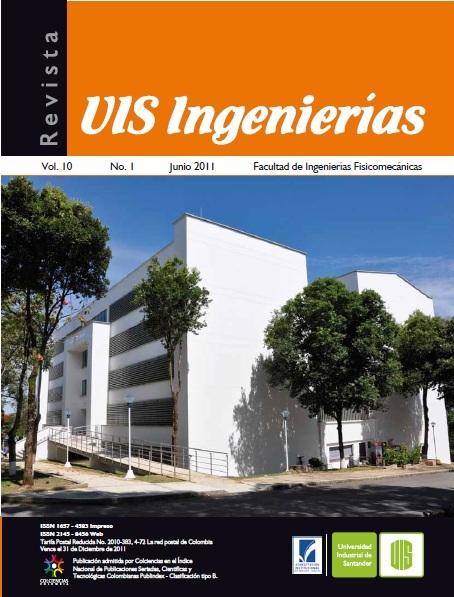Strategy of sustainability in virtual communities using software guidelines: case study "Virtual community to support the ethnoeducation processes of the indigenous culture of NASA"
Published 2011-06-15
Keywords
- Nasa community,
- software guidelines,
- social sustainability,
- Virtual communities
How to Cite
Abstract
This article presents the most important elements to propose and evaluate strategies for sustainability in virtualcommunities and also shows an application for the “virtual community to support ethnicEducation processes inthe Nasa indigenous community (http://www.ewa.edu.co)”. This effort is part of a project involving the Universityof Cauca, Colciencias and Nasa community authorities, they are looking for alternatives for the incorporation ofICTs in ethnicEducation processes in the Nasa indigenous community located in the Department of Cauca. Ingeneral for some sustainability strategy works its required a software guidelines to implementation them in the ICTenvironment, therefore this article proposes a software guidelines that guide the deployment and implementationof sustainability strategies in a virtual community, at the end the this article, we present a case of implementing asustainability strategy for the Nasa Virtual Community.
Downloads
References
- Sierra, L., Naranjo, R., Rojas, T., 2007, Proyecto Comunidad virtual de apoyo a los procesos de etnoeducacion de la comunidad indigena nasa, Colciencias.
- Tamayo, M., 2001, El Proceso de la Investigación Científica. Ciudad de México DF, México. p. 54- 55. ISBN 968-18-5872-7. 13.
- Sepulveda, S., Chavarria, H., Castro, A., Rojas, P., Picado, E., Bolaños, D., 2009, “Metodología para estimas el nivel de desarrollo sostenible en espacios territoriales”.
- Bossio, J., 2007, “Unidad 19: Manual de estrategias de Sostenibilidad para taller tricalcar”, Recurso disponible en: http://www.eslared.org. ve/tricalcar/19_es_estrategias-de-sostenibilidad_ guia_v02[1].pdf visitado el 16 de abril de 2008.
- Martínez, P., Organización y gestión de proyectos Disponible en: http://www.escet.urjc.es/~pad/ W E B 2 0 0 5 / D O C E N C I A / P R O Y E C T O S / c u r s o % 2 0 2 0 0 5 % 2 0 2 0 0 6 % 2 0 p a r a % 2 0 la%20web/7%205%20Viabilidad%20y%20 sostenibilidad%20de%20proyectos.pdf, Visitada 16 de Abril de 2008.
- Delgado, A., “Desarrollo de Software con enfoque en el Negocio”. Recurso disponible en: http://alarcos.inf-cr.uclm.es/pnis/articulos/pnis- 07-delgado-dsen.pdf. Visitado el día 27 de abril de 2009.
- Kruchten, P., 1995, Architectural blueprint: “The 4+1 view model of software architecture”. [8] Brown, R., 2001, “The Process of CommunityBuilding in Distance Learning” Kearney, Nebraska, Septiembre, 2001.
- Ferre, X., 1999, “Principios Básicos de Usabilidad para Ingenieros Software” Recurso disponible: en: http://is.ls.fi.upm.es/xavier/papers/usabilidad. pdf Visitado el 25 de abril de 2009.
- Galvis, A., Leal, F., 2005, “Criterios De Evaluación De Herramientas De Apoyo A Comunidades Virtuales”. Disponible en: http://www.diegoleal. org/social/blog/blogs/media/blogs/EduTIC/ LEAL-GALVIS-EvaluacionHerramientasComun idades.pdf.
- Schwier, R., 2001, “Catalysts, Emphases, and Elements of Virtual Learning Communities: implications for research and practice.” Quarterly Review of Distance Education 2(1): 5-18.

